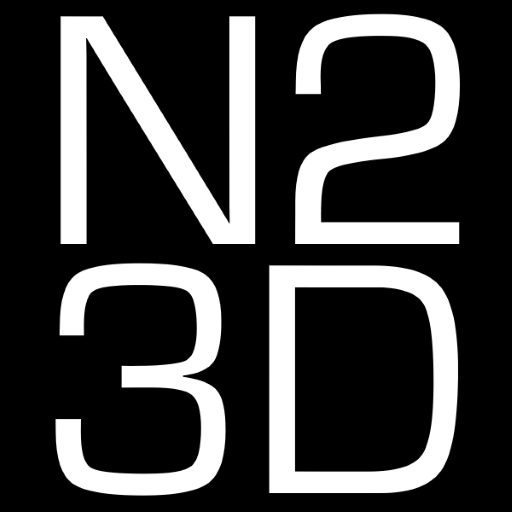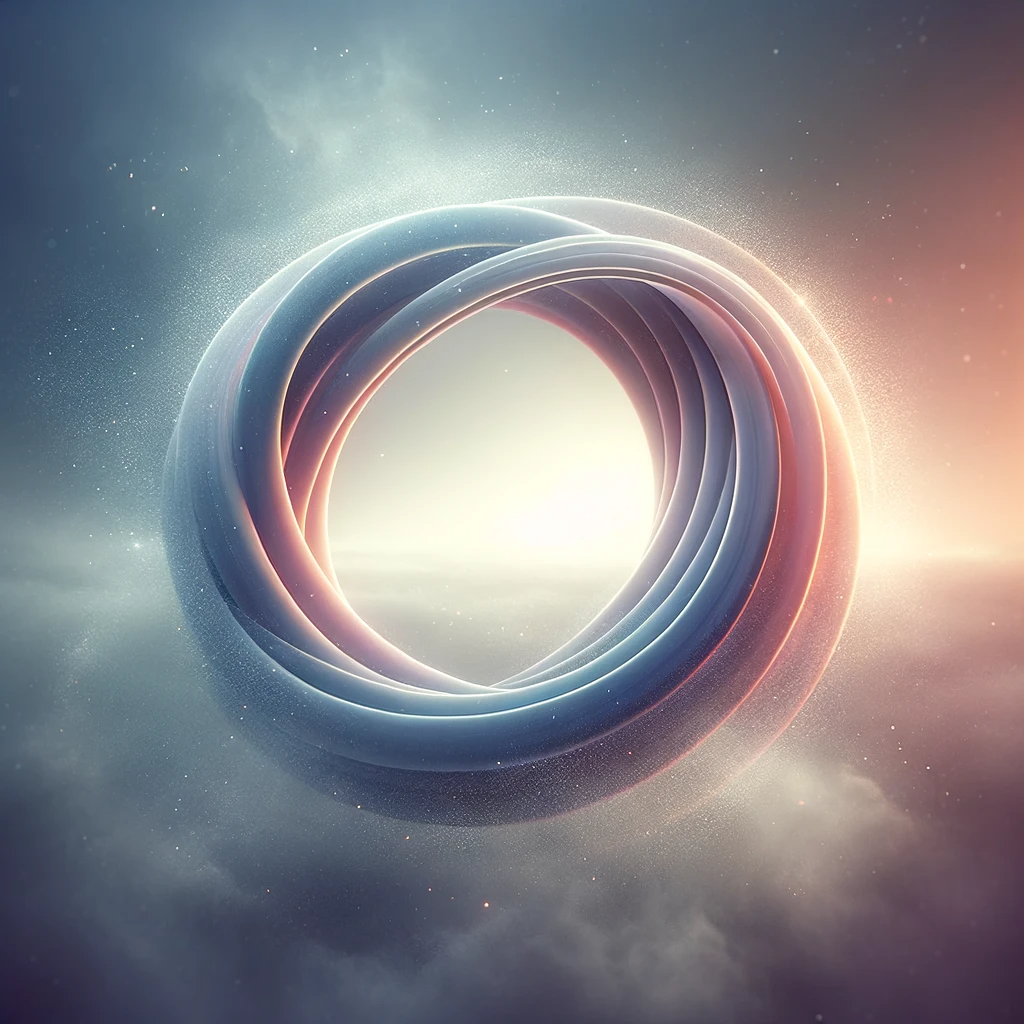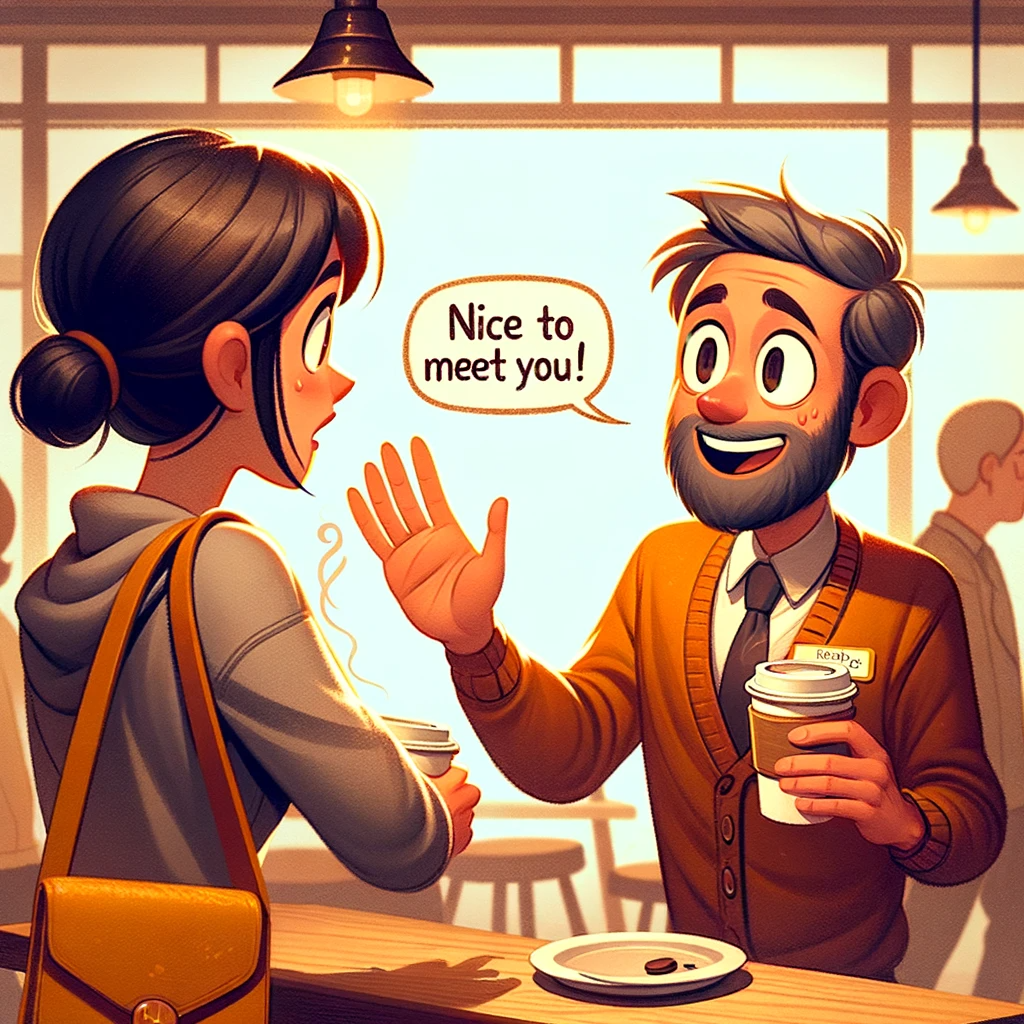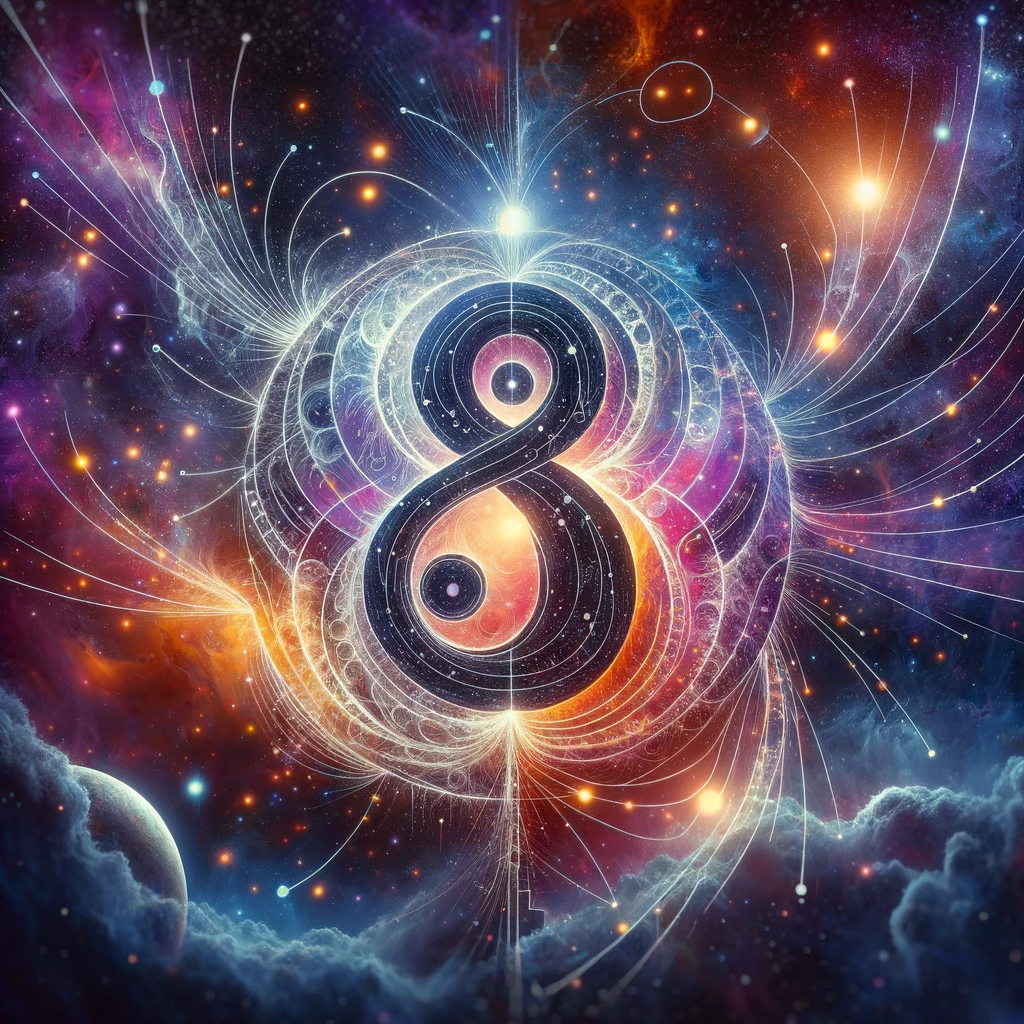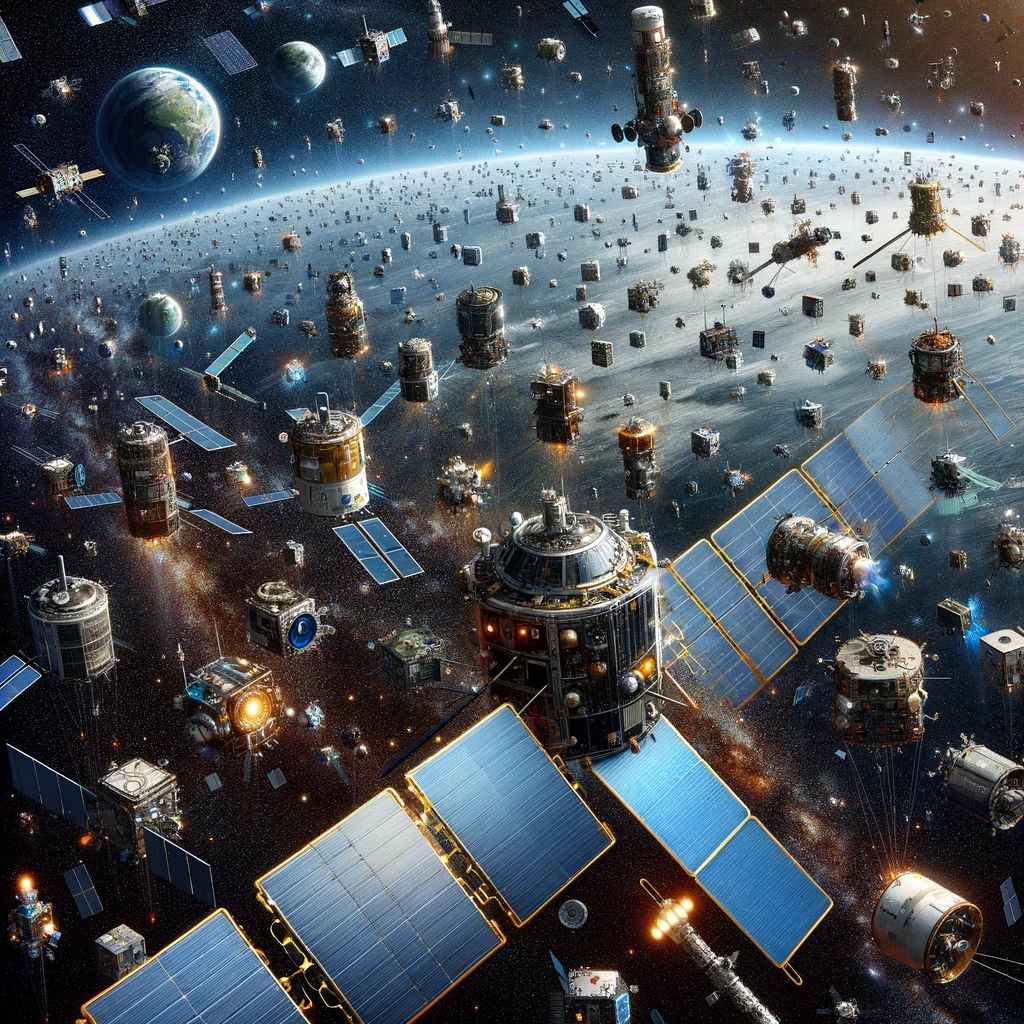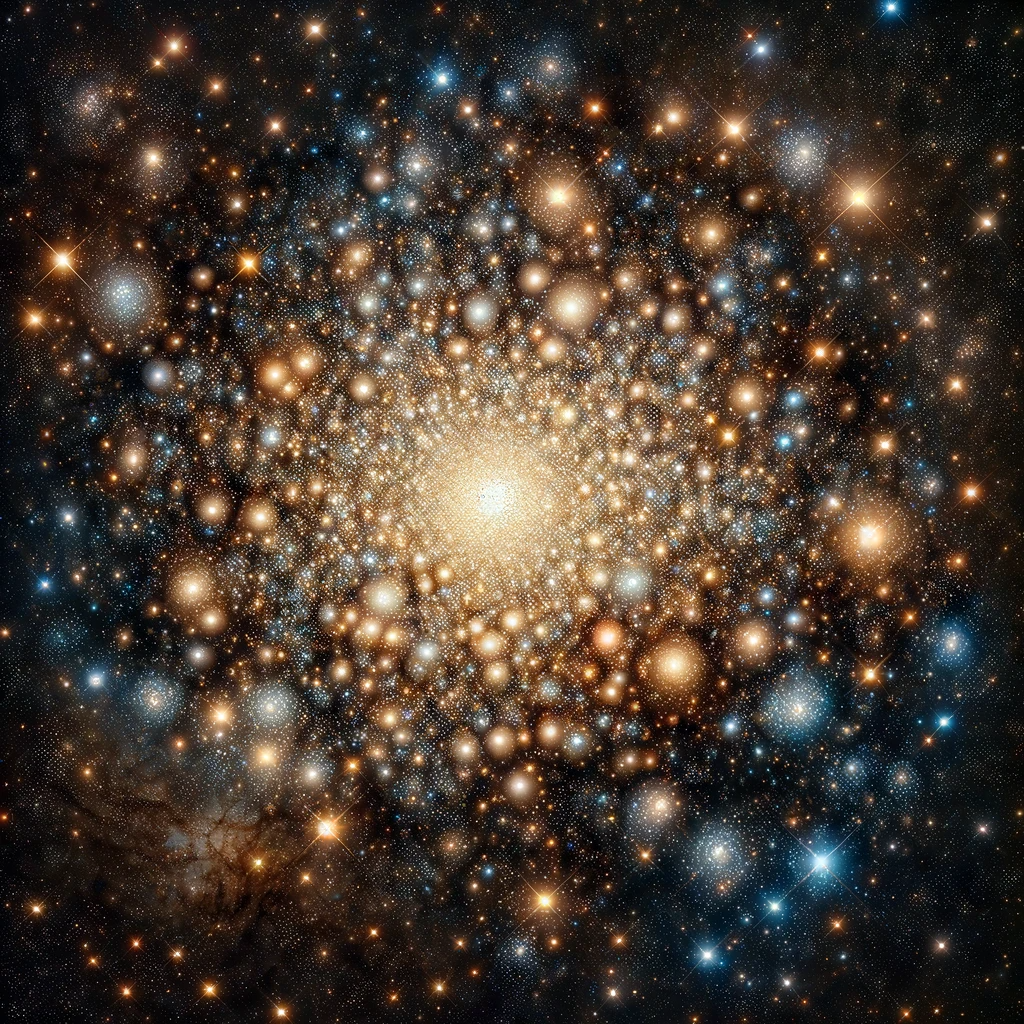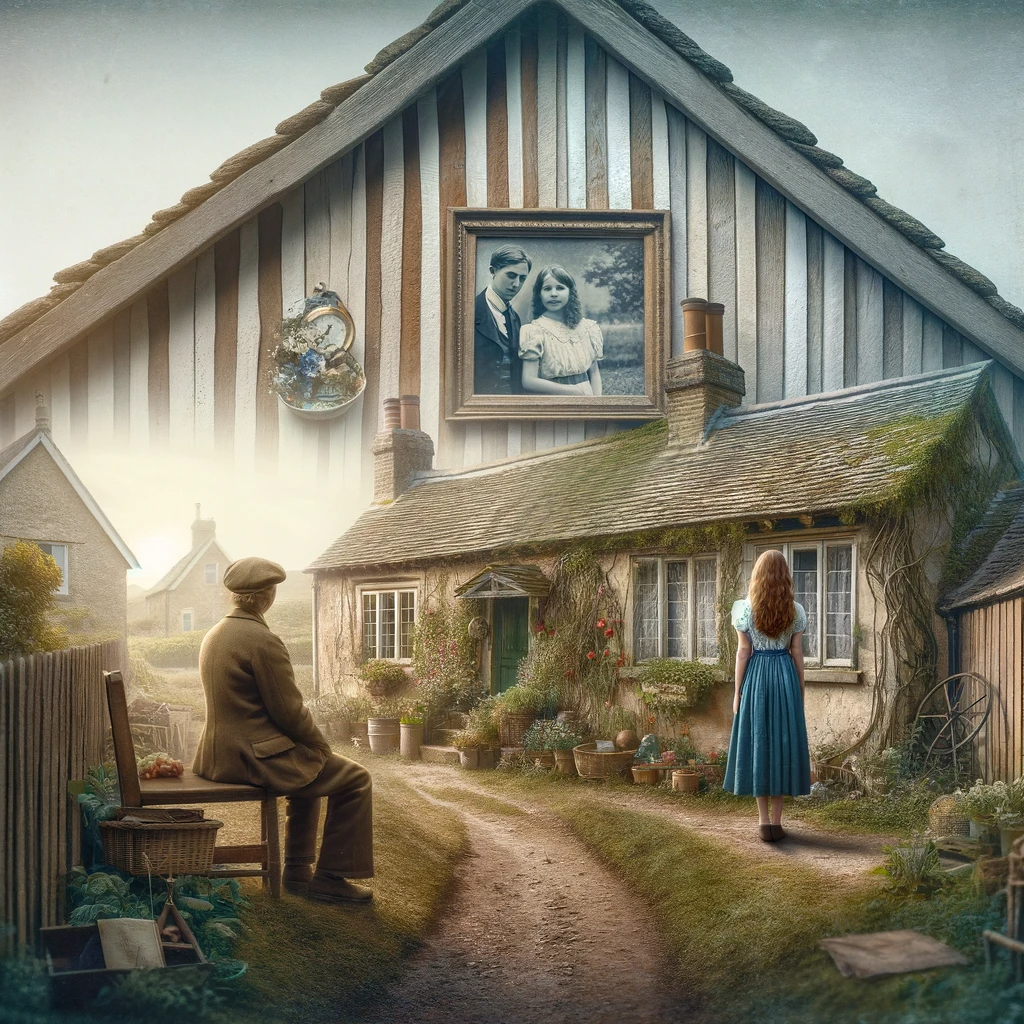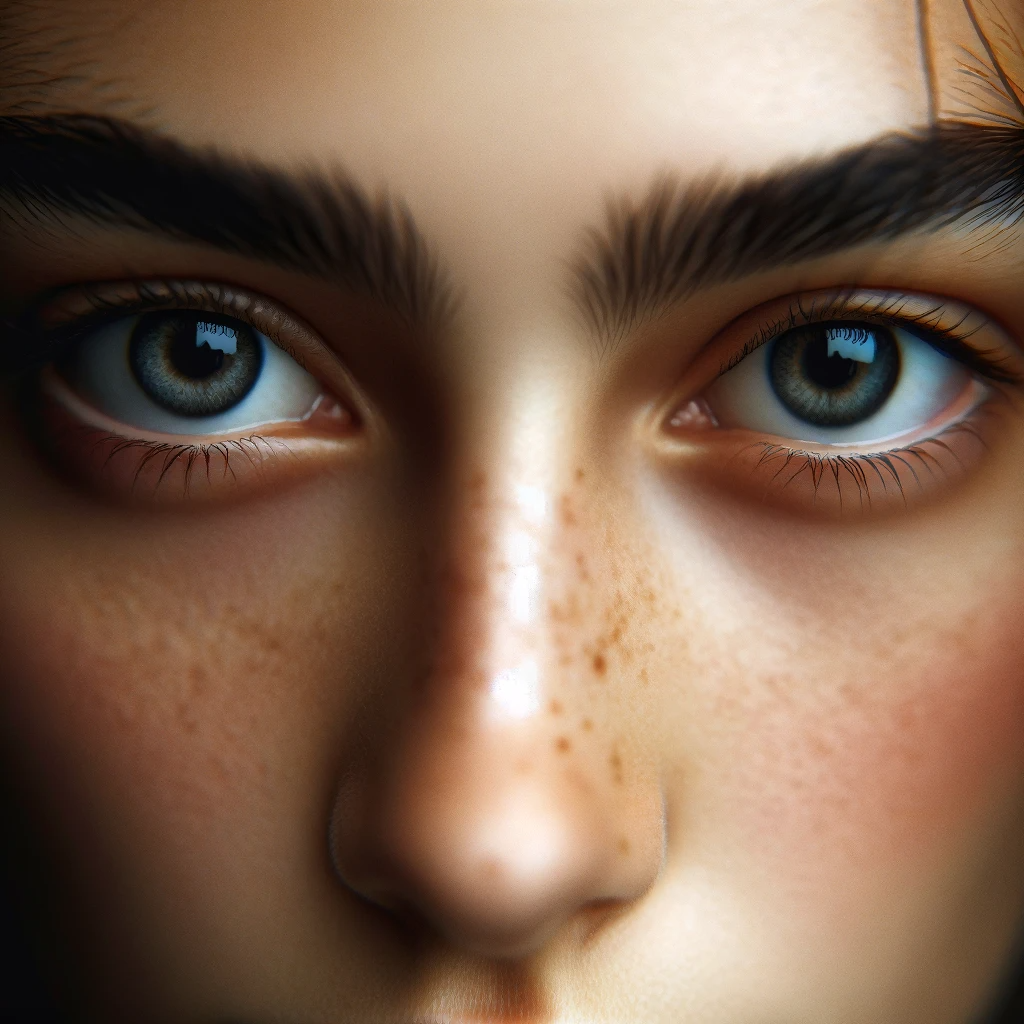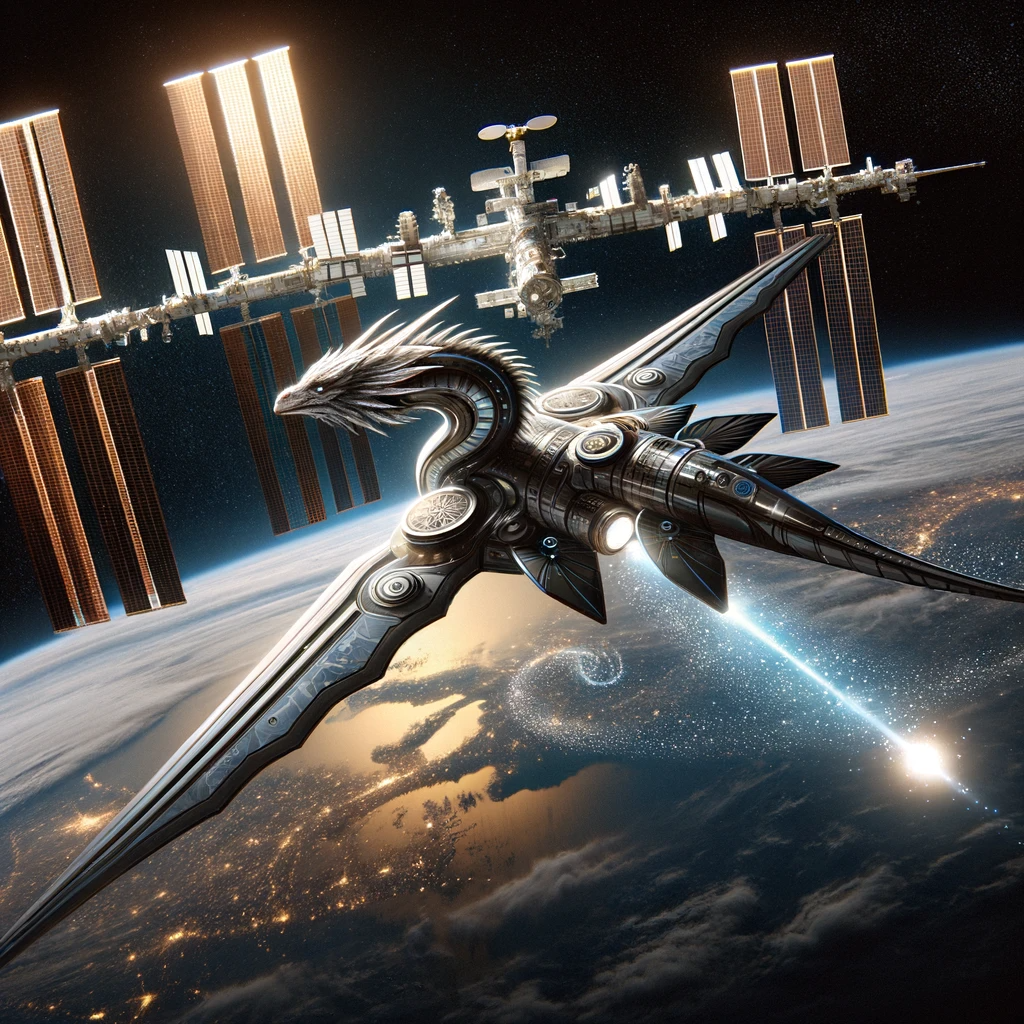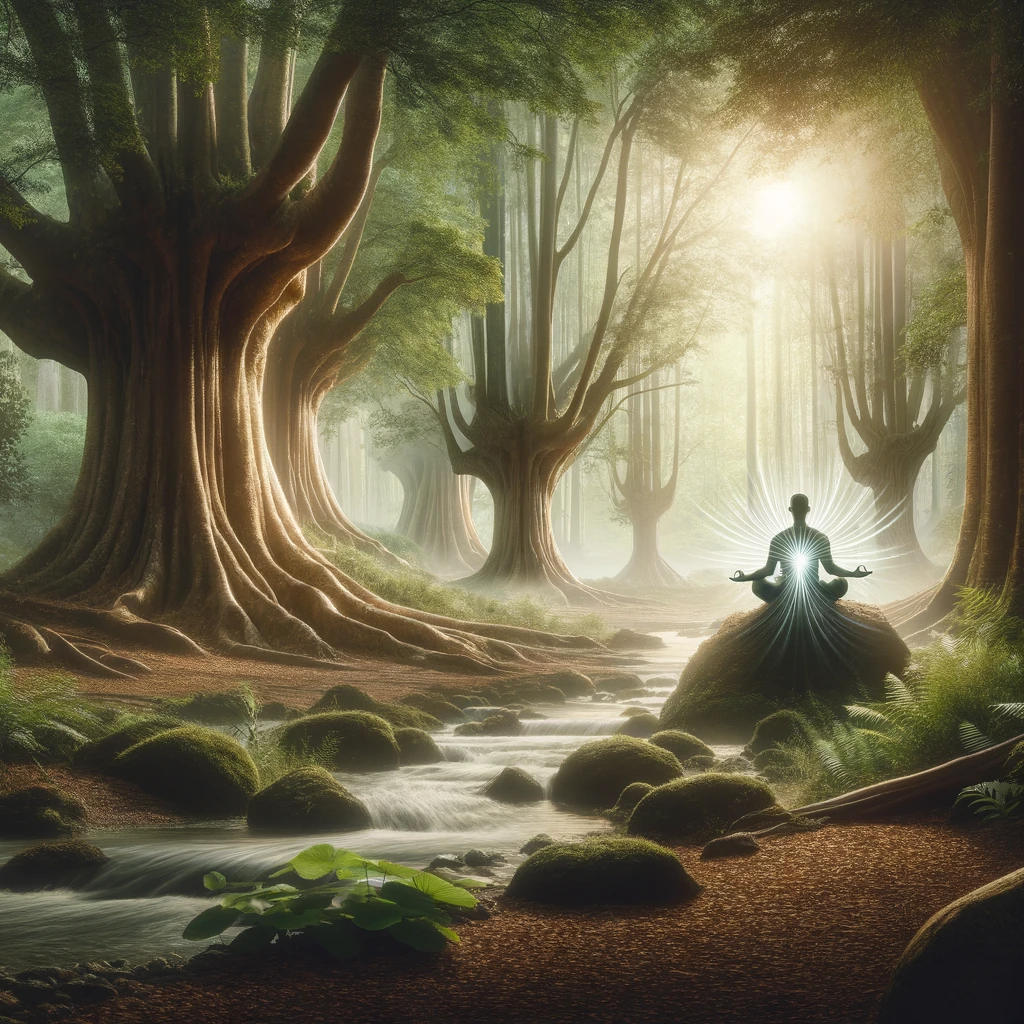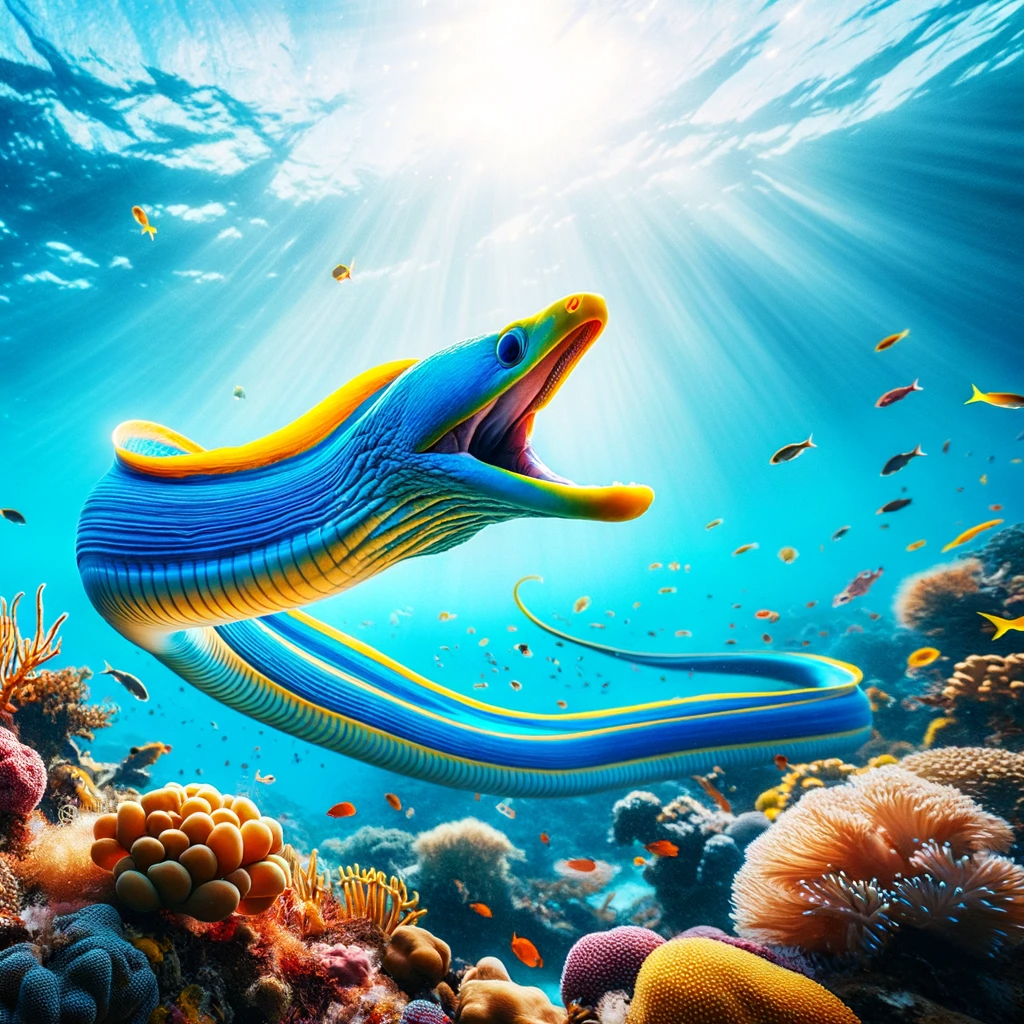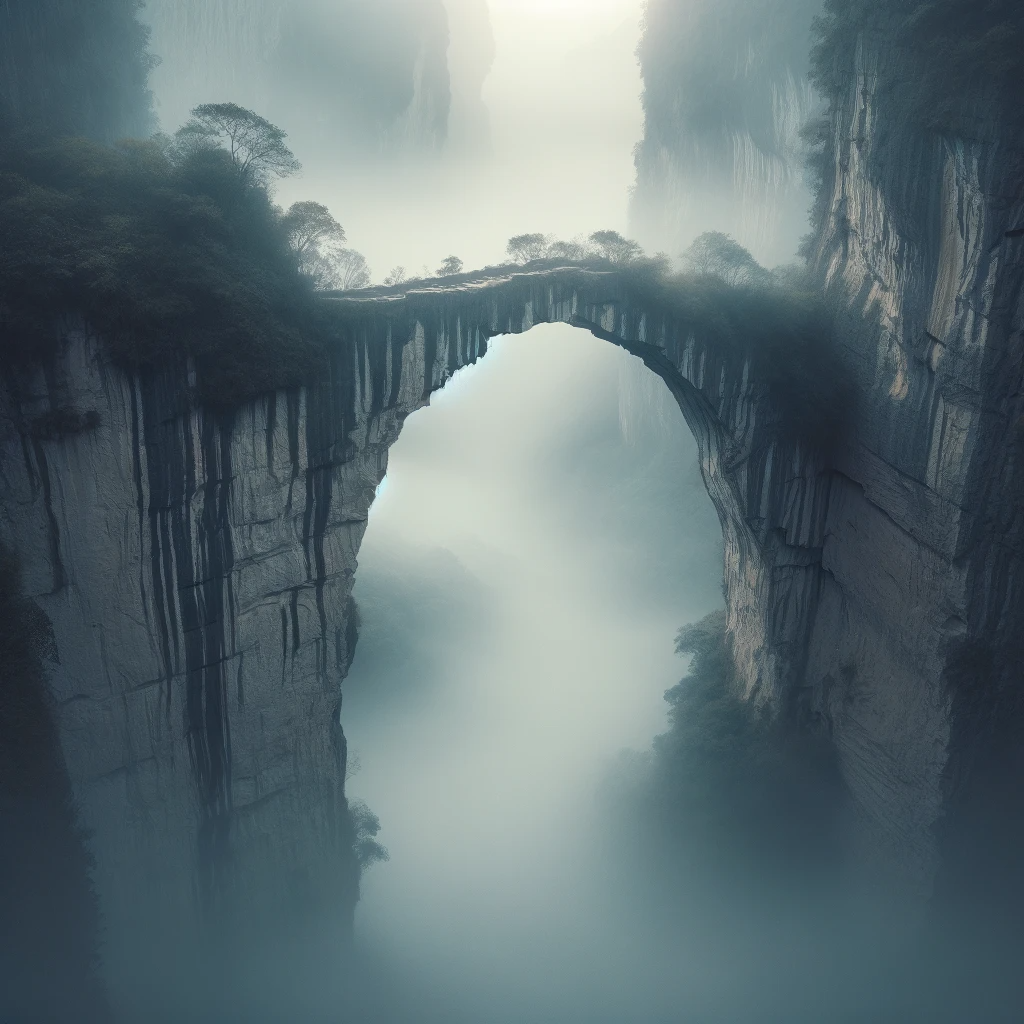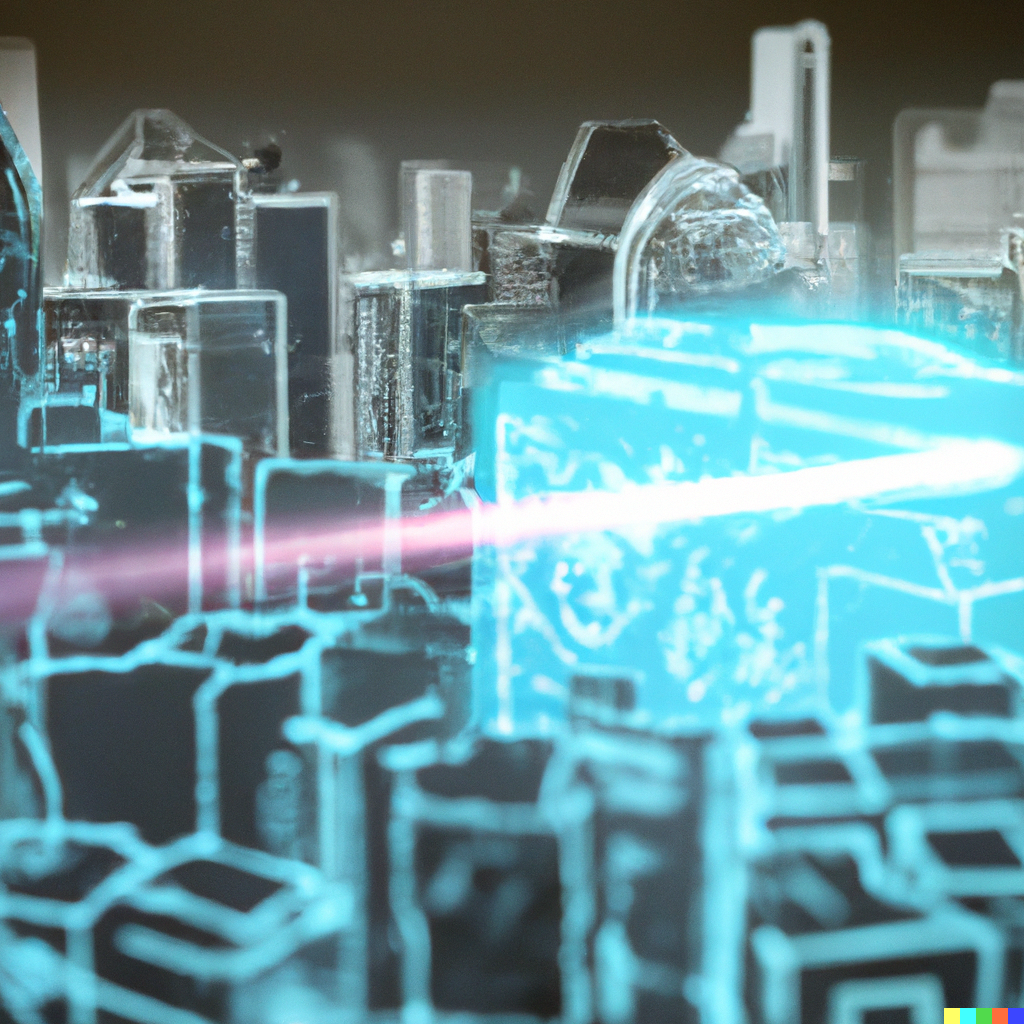3D scanning is a process that uses various techniques and technologies to create a digital 3D model of an object or environment. The basic steps involved in the 3D scanning process are as follows:
Planning: The first step is to determine the purpose of the scan and to select the appropriate scanning technology for the job. Factors to consider include the size and complexity of the object, the level of detail required, and the desired level of accuracy.
Scanning: Once the planning is complete, the scanning process begins. The scanner emits a beam of light or radiation that is directed at the object, which reflects or absorbs the beam in different ways depending on its surface properties. The scanner then measures the time it takes for the beam to reflect or return, and uses this information to create a 3D point cloud of the object.
Processing: After the scanning is complete, the point cloud data is processed using specialized software. The software can remove noise and artifacts from the data, and create a 3D mesh or solid model that can be used for further analysis, visualization, or manufacturing.
There are several different types of 3D scanning technologies, including:
Photogrammetry: Uses photographs of an object taken from multiple angles to create a 3D model.
Laser scanning: Uses a laser beam to measure the distance to an object and create a 3D point cloud.
Structured light scanning: Uses a projector to project a pattern of light onto an object and a camera to capture the pattern and create a 3D model.
Time-of-flight scanning: Uses a laser or other light source to measure the time it takes for a pulse of light to reflect off an object and return to the scanner.
The choice of technology depends on the requirements of the project and the characteristics of the object being scanned.
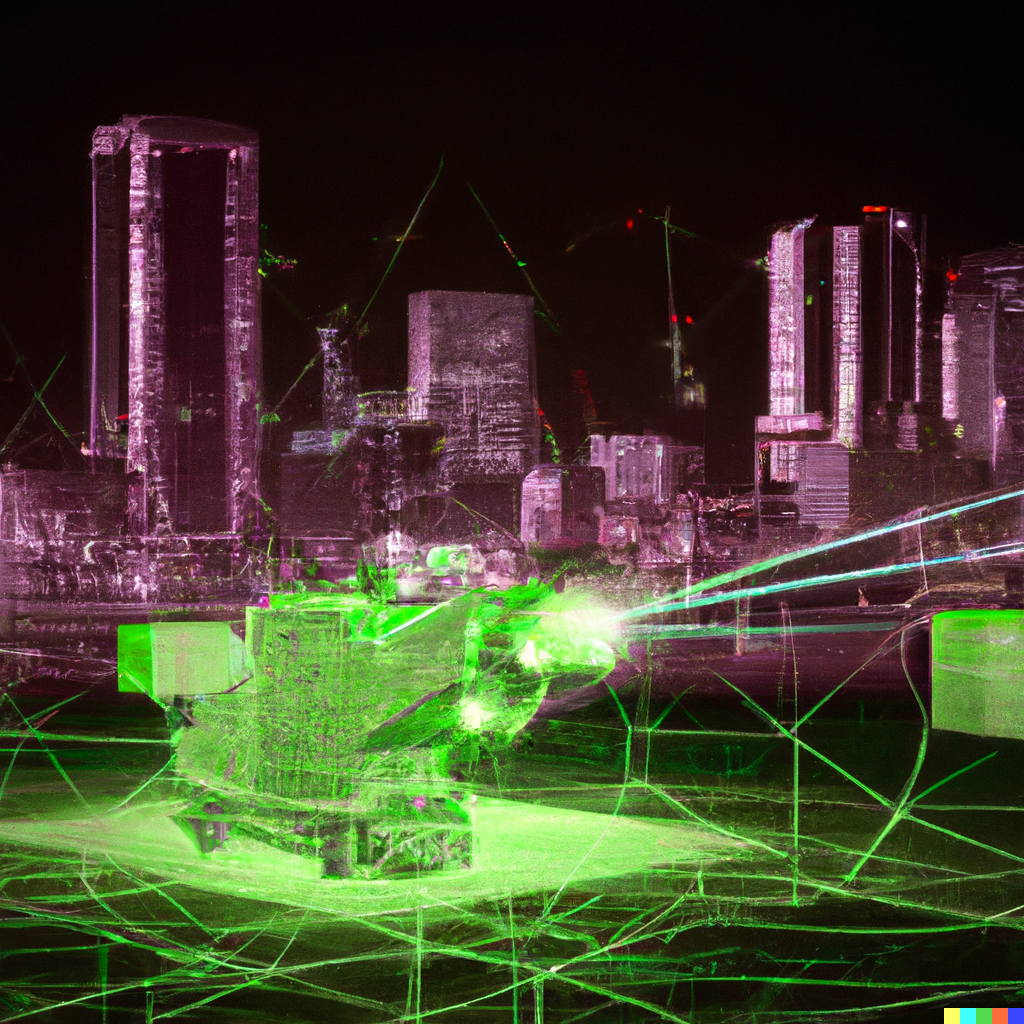
Each 3D scanning technology has its own unique advantages and disadvantages. Here are some of the pros and cons of the four most commonly used 3D scanning technologies:
Photogrammetry:
Advantages:
• Non-invasive, so it can be used to scan delicate or fragile objects
• Can be used to scan large objects or environments
• Relatively low-cost, since it uses consumer-grade cameras
Disadvantages:
• Requires a significant amount of post-processing to create a high-quality model
• May have difficulty with objects that lack distinctive features, such as a smooth white surface or a transparent material
• Requires careful planning and setup to ensure accurate results
Laser scanning:
Advantages:
• High accuracy, capable of measuring distances to within fractions of a millimeter
• Can capture a large number of data points in a short amount of time
• Suitable for objects with complex geometries and high levels of detail
Disadvantages:
• Can be expensive and may require specialized training to operate
• Limited range, which means it may not be suitable for scanning very large objects or environments
• May struggle with reflective or transparent surfaces
Structured light scanning:
Advantages:
• Can capture high-resolution and high-accuracy 3D models
• Fast and efficient, able to scan an object in a matter of minutes
• Can be used to scan a wide range of objects, including those with complex geometries and high levels of detail
Disadvantages:
• Requires a stable environment and controlled lighting conditions to ensure accurate results
• May struggle with very shiny or reflective surfaces
• May struggle with objects that lack distinctive features or have a repeating pattern
Time-of-flight scanning:
Advantages:
• Can capture a large number of data points in a short amount of time
• Non-contact, so it can be used to scan delicate or fragile objects
• Can be used to scan large objects or environments
Disadvantages:
• Limited accuracy compared to other technologies, typically within a few millimeters
• May struggle with reflective or transparent surfaces
• Limited range, which means it may not be suitable for scanning very large objects or environments
It’s important to note that the strengths and weaknesses of each technology can vary depending on the specific scanner and software used. It’s also worth considering the cost and time requirements of each technology when selecting a scanning method.

3D scanning technologies have a wide range of use cases across a variety of industries. Here are some examples of how each technology is used:
Photogrammetry:
Architecture and construction: Creating 3D models of buildings and sites for design, documentation, and planning purposes.
Cultural heritage: Preserving and documenting historical artifacts and sites for conservation and research purposes.
Entertainment and media: Creating 3D models of props, sets, and environments for movies, video games, and other media.
Laser scanning:
Engineering and manufacturing: Capturing 3D models of parts and assemblies for quality control, inspection, and reverse engineering.
Medical and dental: Creating 3D models of human anatomy for surgical planning, prosthetics, and orthotics.
Forensics and crime scene investigation: Capturing 3D models of crime scenes and evidence for investigation and analysis.
Structured light scanning:
Industrial design and prototyping: Capturing 3D models of products and prototypes for design and engineering purposes.
Quality control and inspection: Ensuring the accuracy and consistency of manufactured parts and products.
Art and sculpture: Creating 3D models of sculptures and other artwork for documentation, restoration, and replication purposes.
Time-of-flight scanning:
Robotics and automation: Creating 3D maps of environments for autonomous navigation and robotic control.
Architecture and construction: Creating 3D models of buildings and sites for design, documentation, and planning purposes.
Mining and surveying: Creating 3D maps of mines, quarries, and other natural resources for exploration and planning purposes.
These are just a few examples of the many applications of 3D scanning technologies. As the technology continues to evolve and become more accessible, we can expect to see even more use cases emerge in the future.
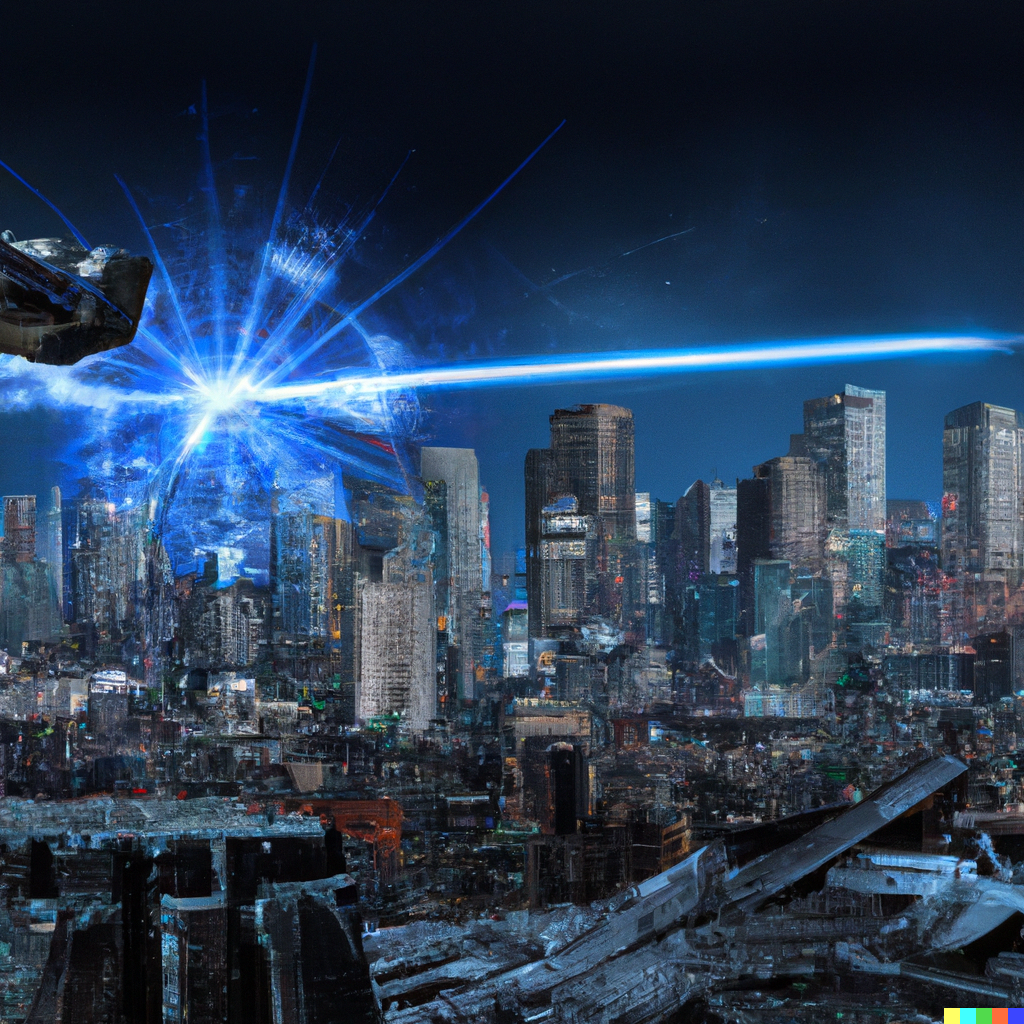
Selecting the correct 3D scanning technique for a project requires careful consideration of several factors. Here are some key questions to ask when deciding which technique to use:
What is the size and complexity of the object or environment you want to scan?
The size and complexity of the object or environment you want to scan will play a significant role in determining which scanning technology to use. Large objects or environments may require a different technique than small, intricate objects. For example, photogrammetry may be more suitable for scanning large environments, while structured light scanning may be more effective for smaller objects with complex geometries.
What level of detail and accuracy do you need?
The level of detail and accuracy required for a project will also help determine the appropriate scanning technology. For example, if you need high accuracy and detail, laser scanning may be the best choice, while if you need to capture color information, photogrammetry may be more suitable.
What is your budget and time frame?
Different scanning technologies can vary significantly in terms of cost and time requirements. For example, photogrammetry may be more affordable and quicker than laser scanning, but may require more post-processing work to obtain high-quality results. It’s important to balance your budget and time frame with the quality and detail required for your project.
What are the environmental conditions of your scanning area?
The environmental conditions of your scanning area, such as lighting and temperature, may also impact which scanning technology you choose. For example, structured light scanning may require a stable environment and controlled lighting conditions to ensure accurate results.
What is the intended use of the scanned data?
The intended use of the scanned data may also influence the choice of scanning technology. For example, if the scanned data will be used for manufacturing or quality control, the accuracy of the scanning technology may be more important than if the data will be used for visualization or entertainment purposes.
In general, it’s a good idea to consult with a 3D scanning expert or service provider to help you select the appropriate technology for your project. They can help you weigh the pros and cons of each technology based on your specific requirements and offer recommendations based on their experience and expertise.
